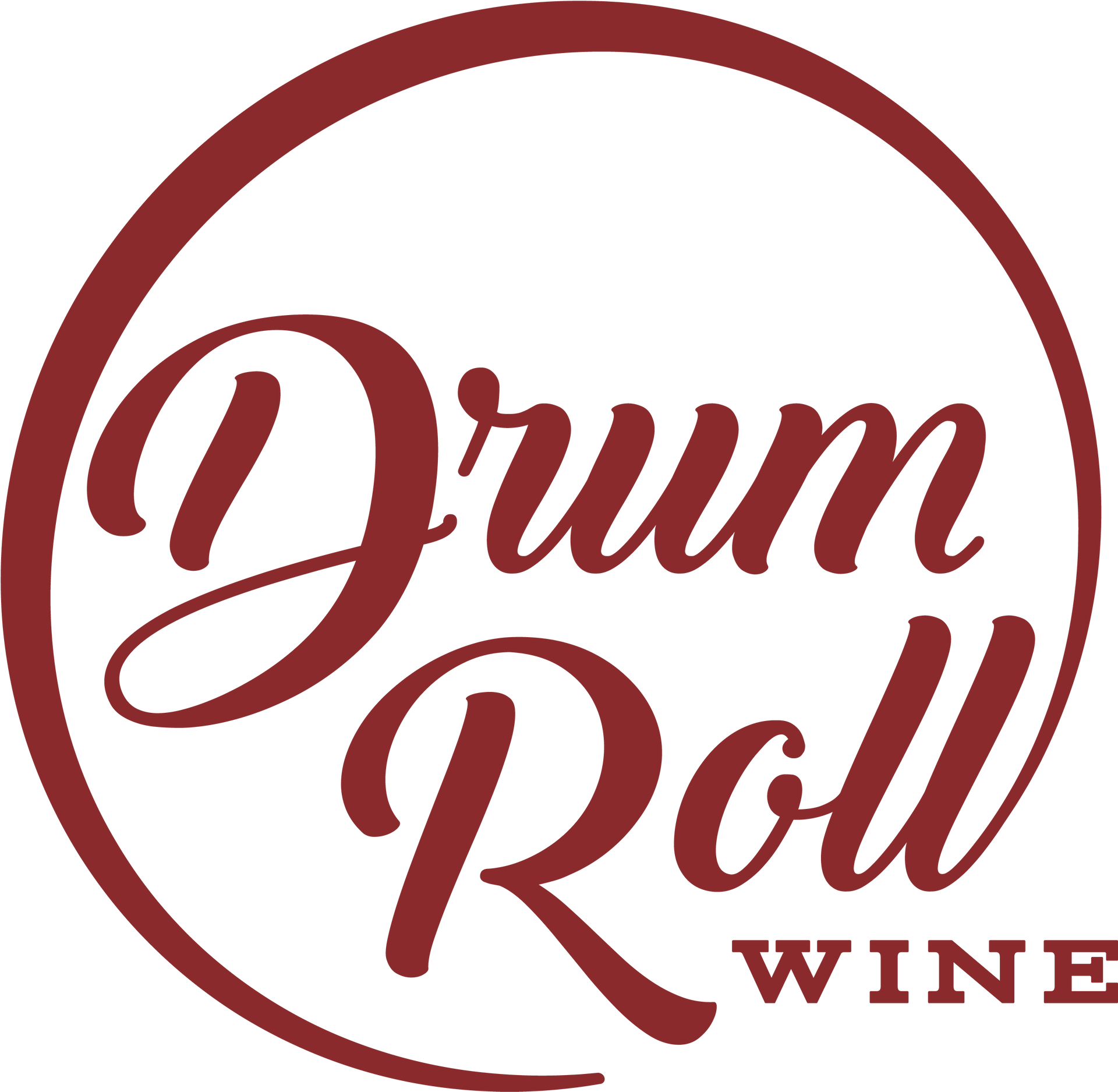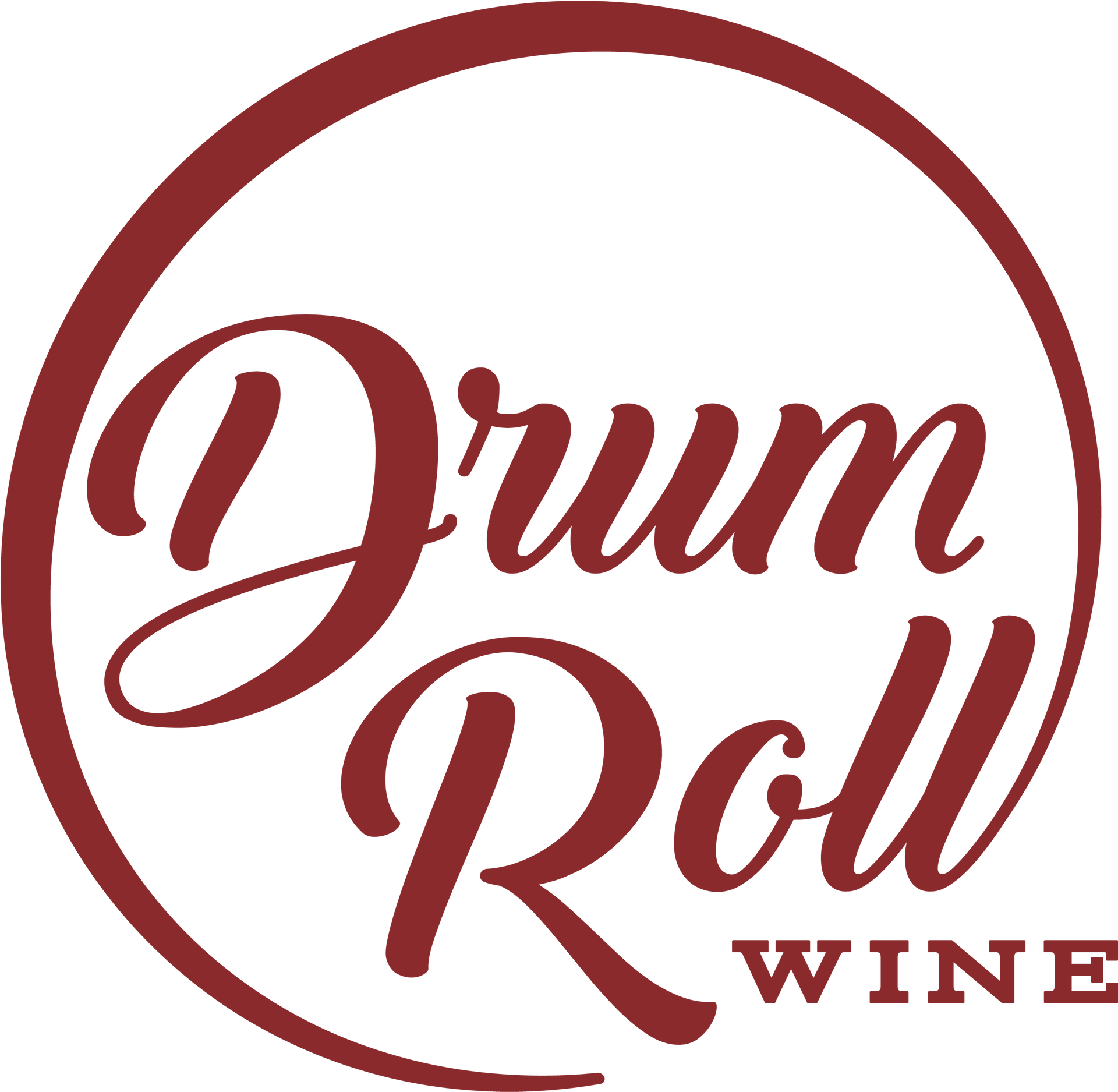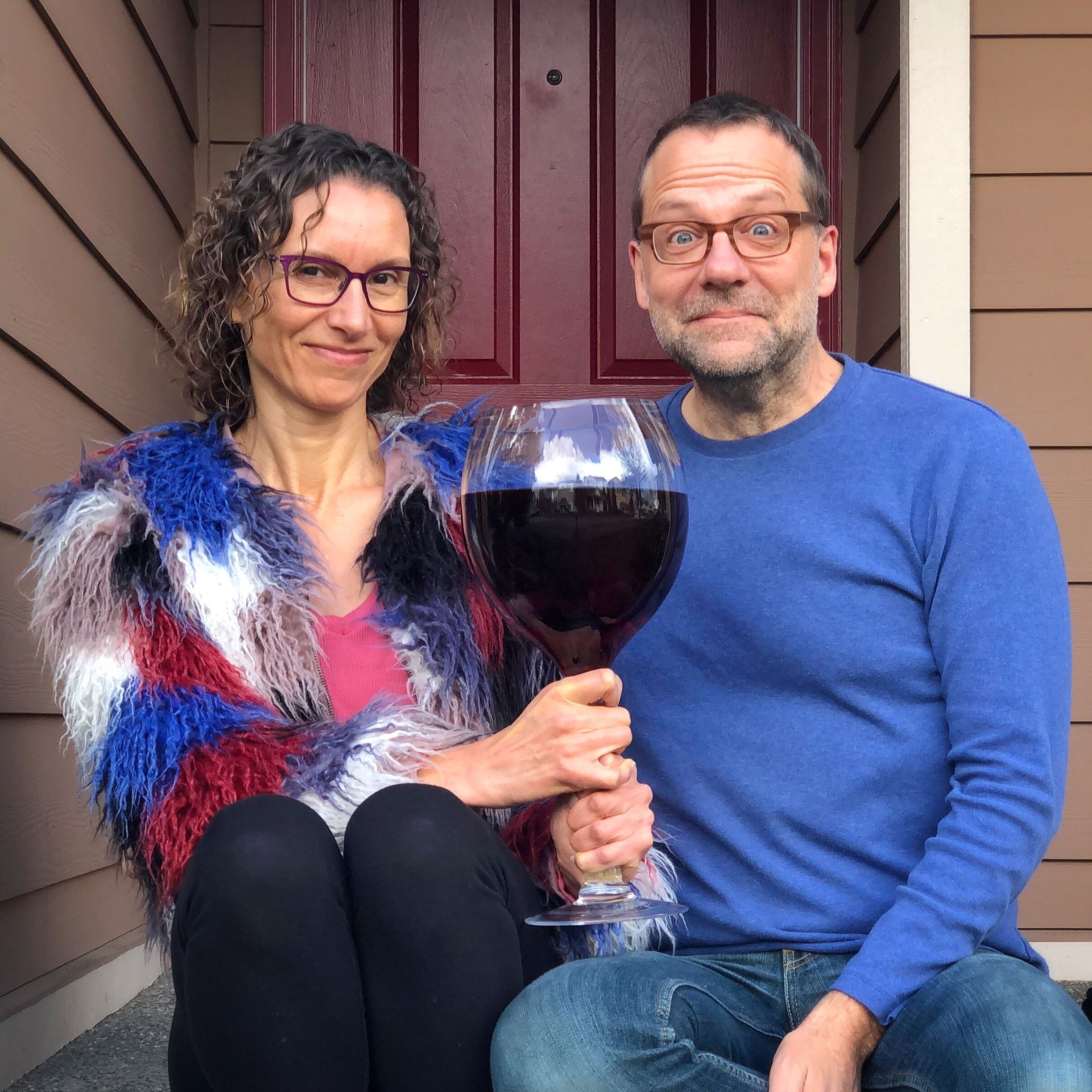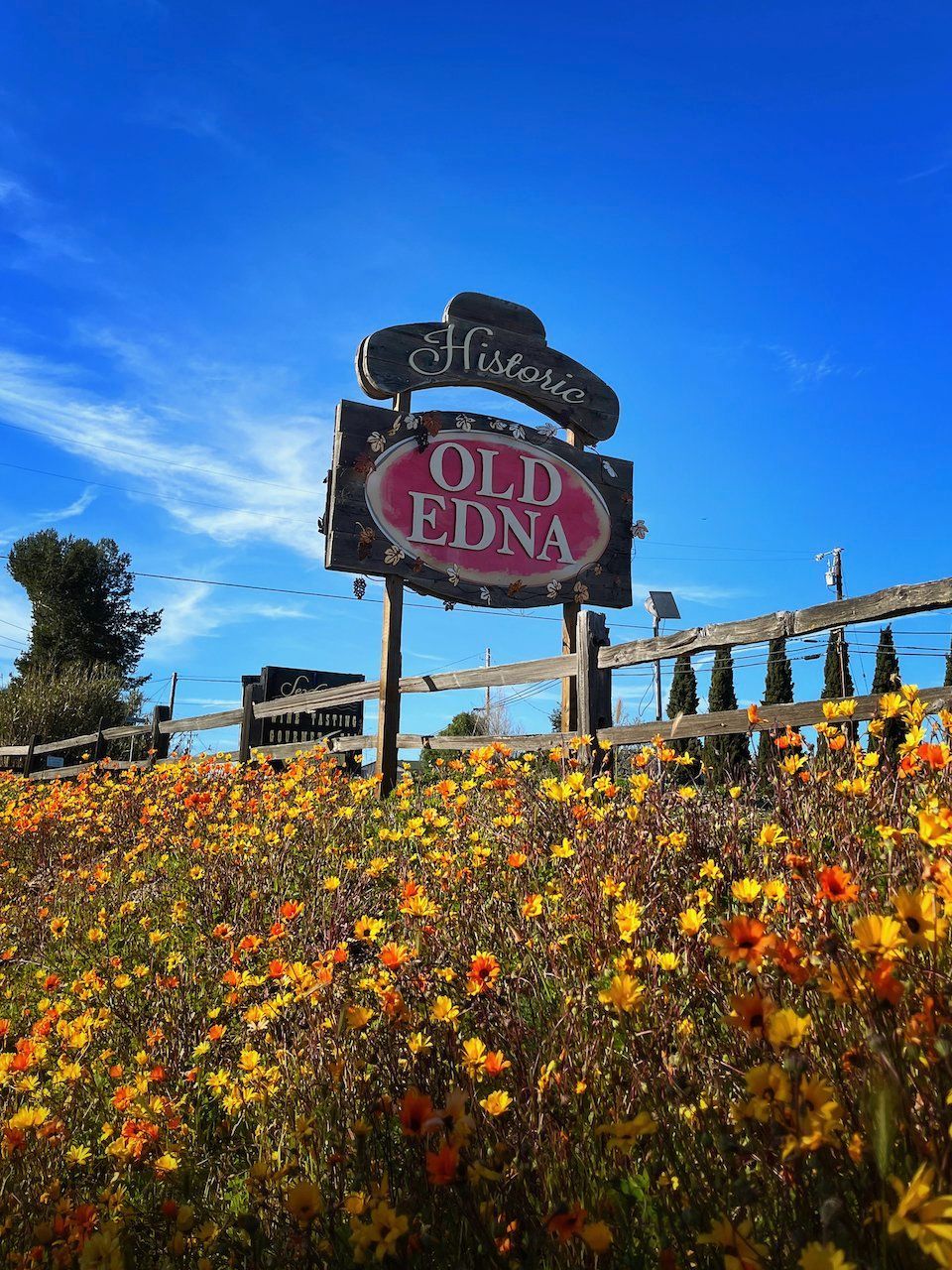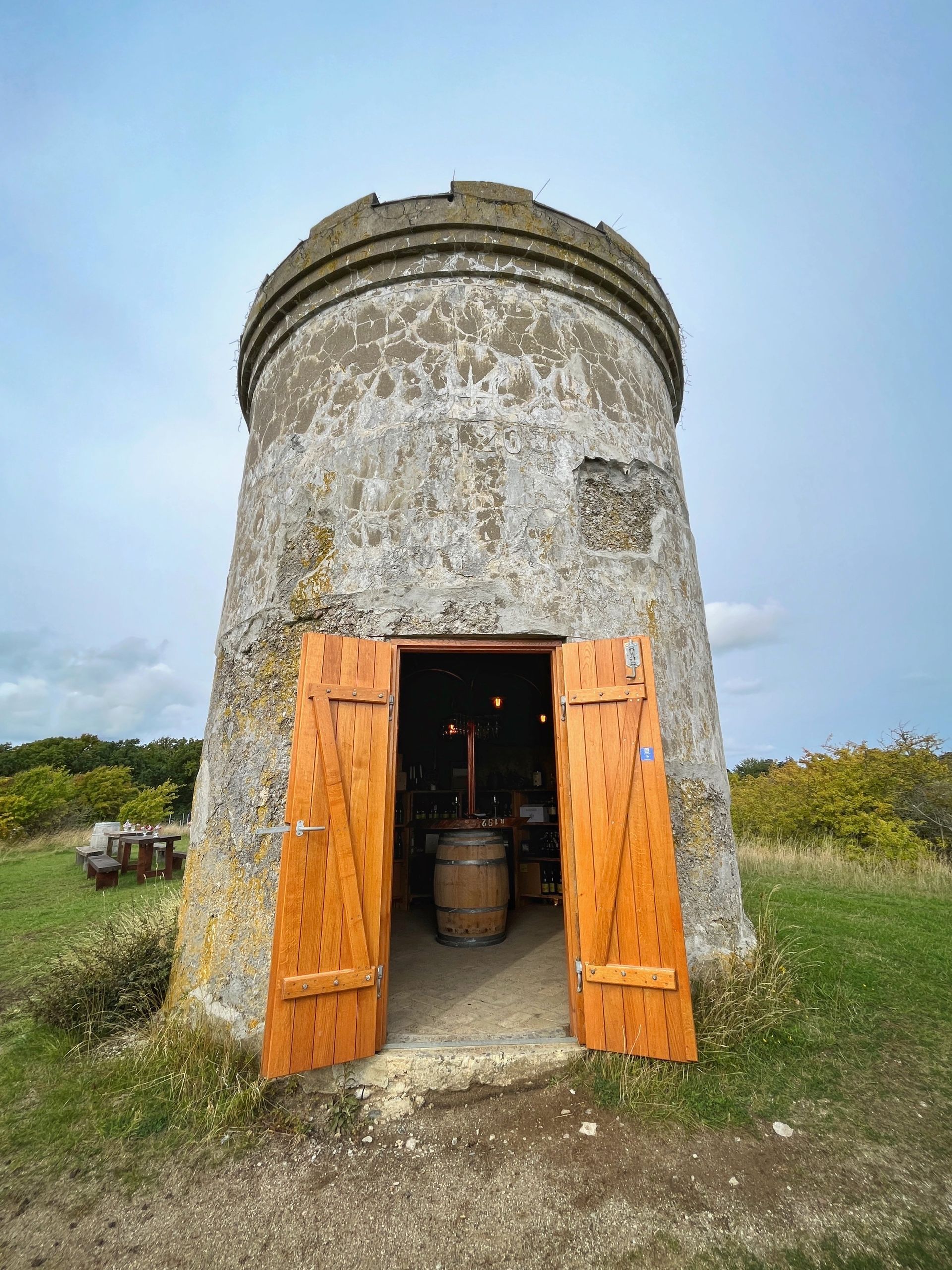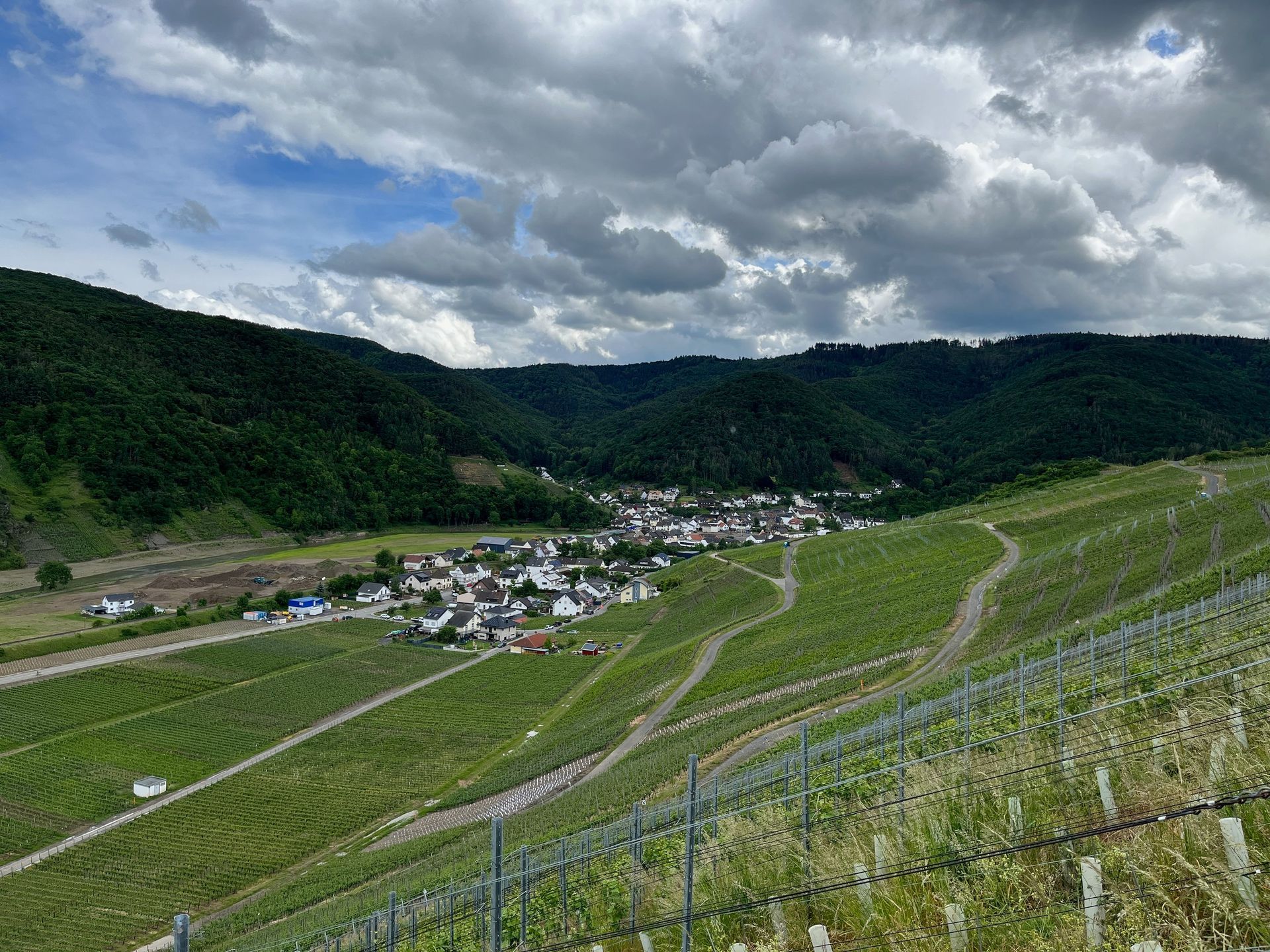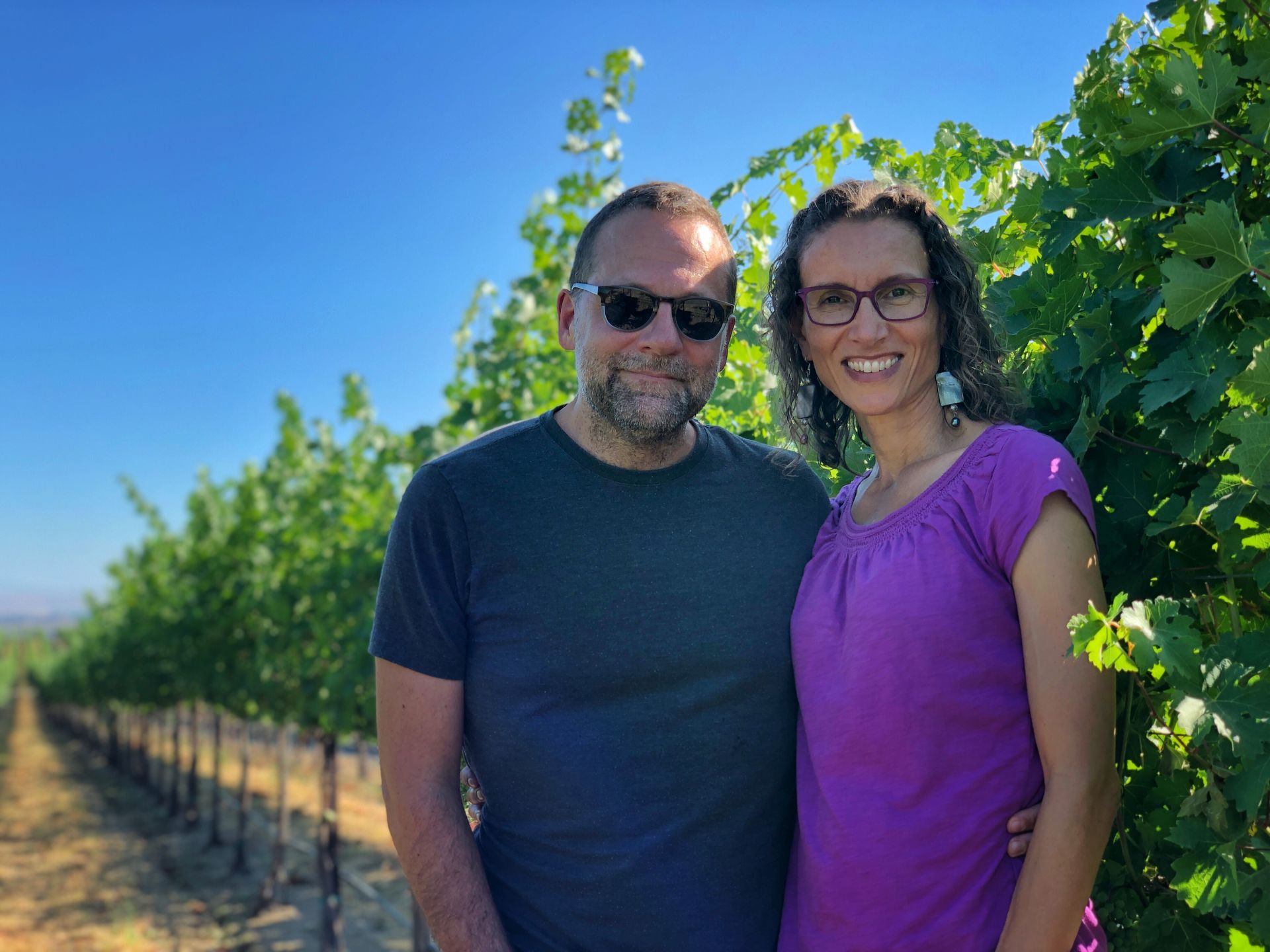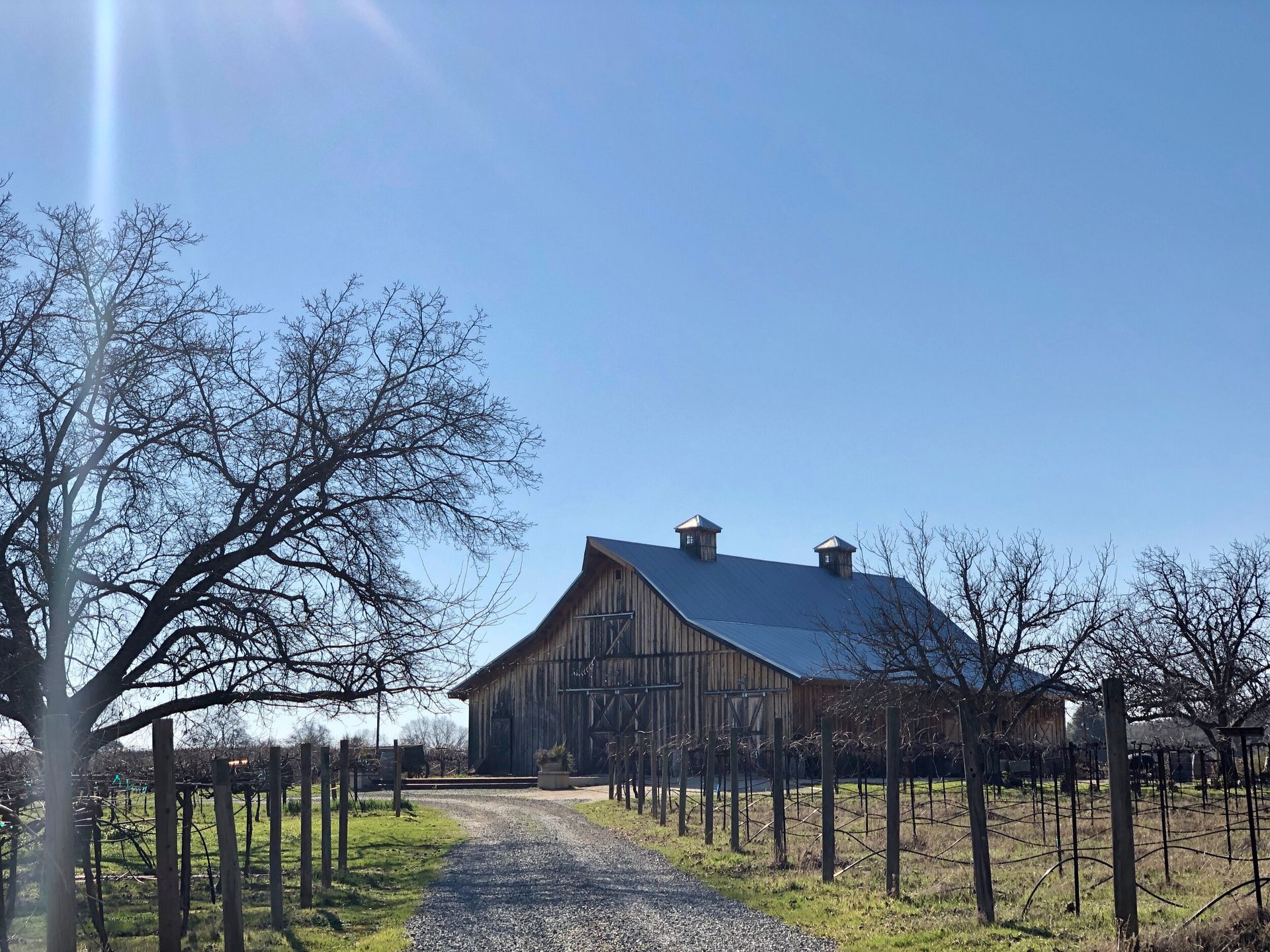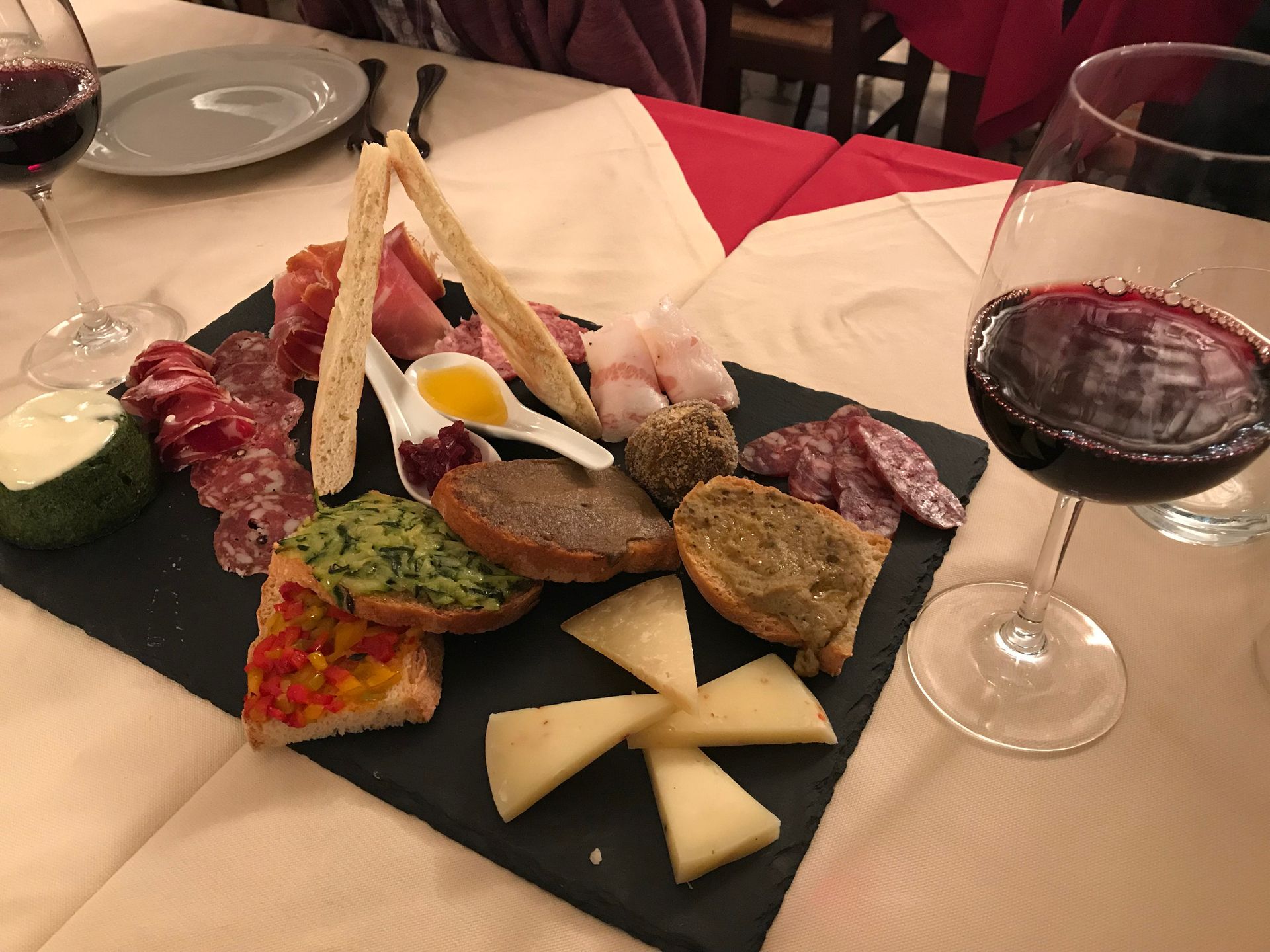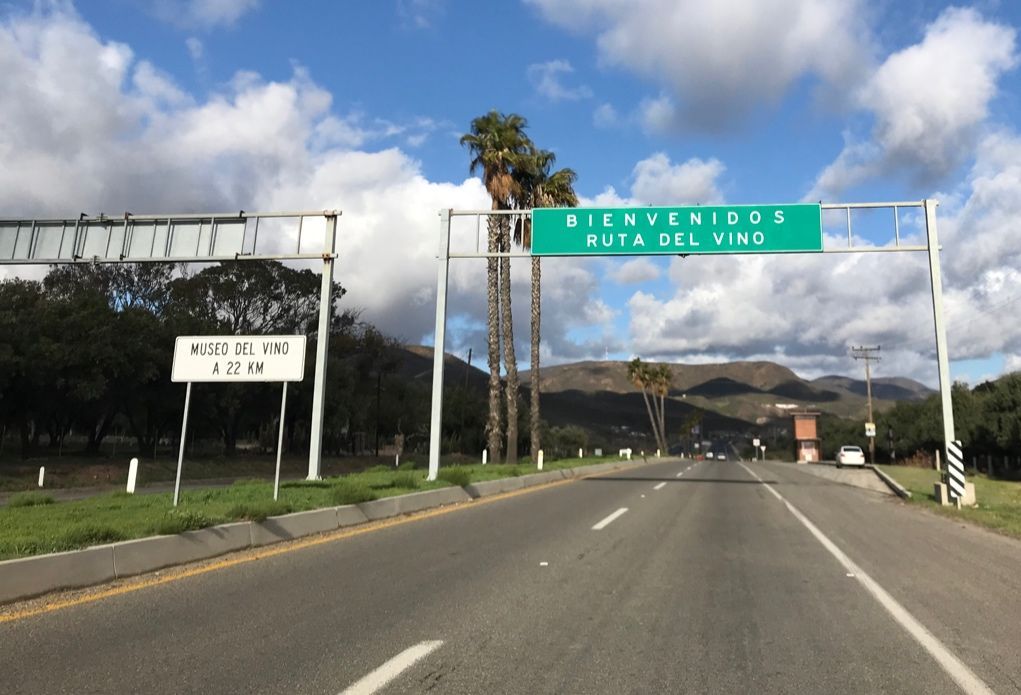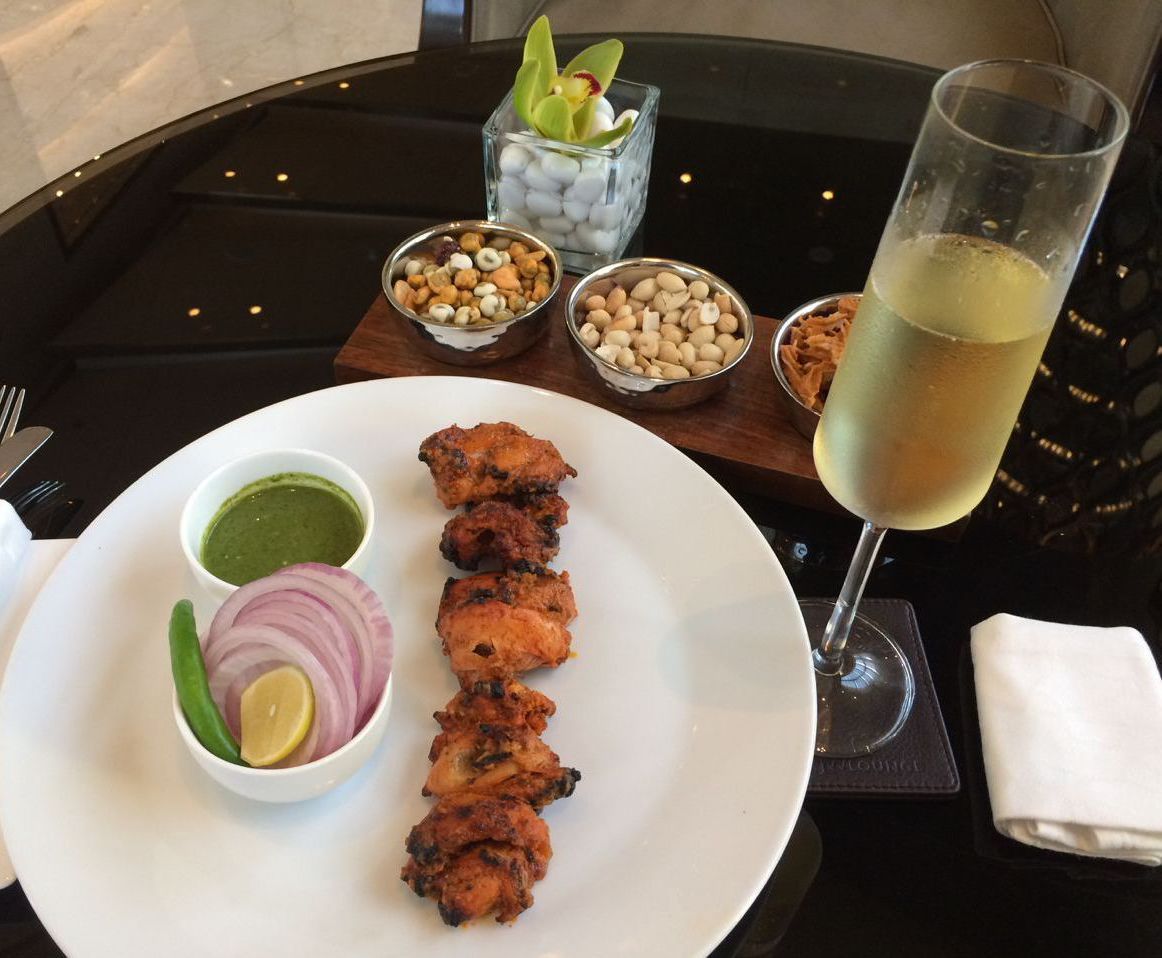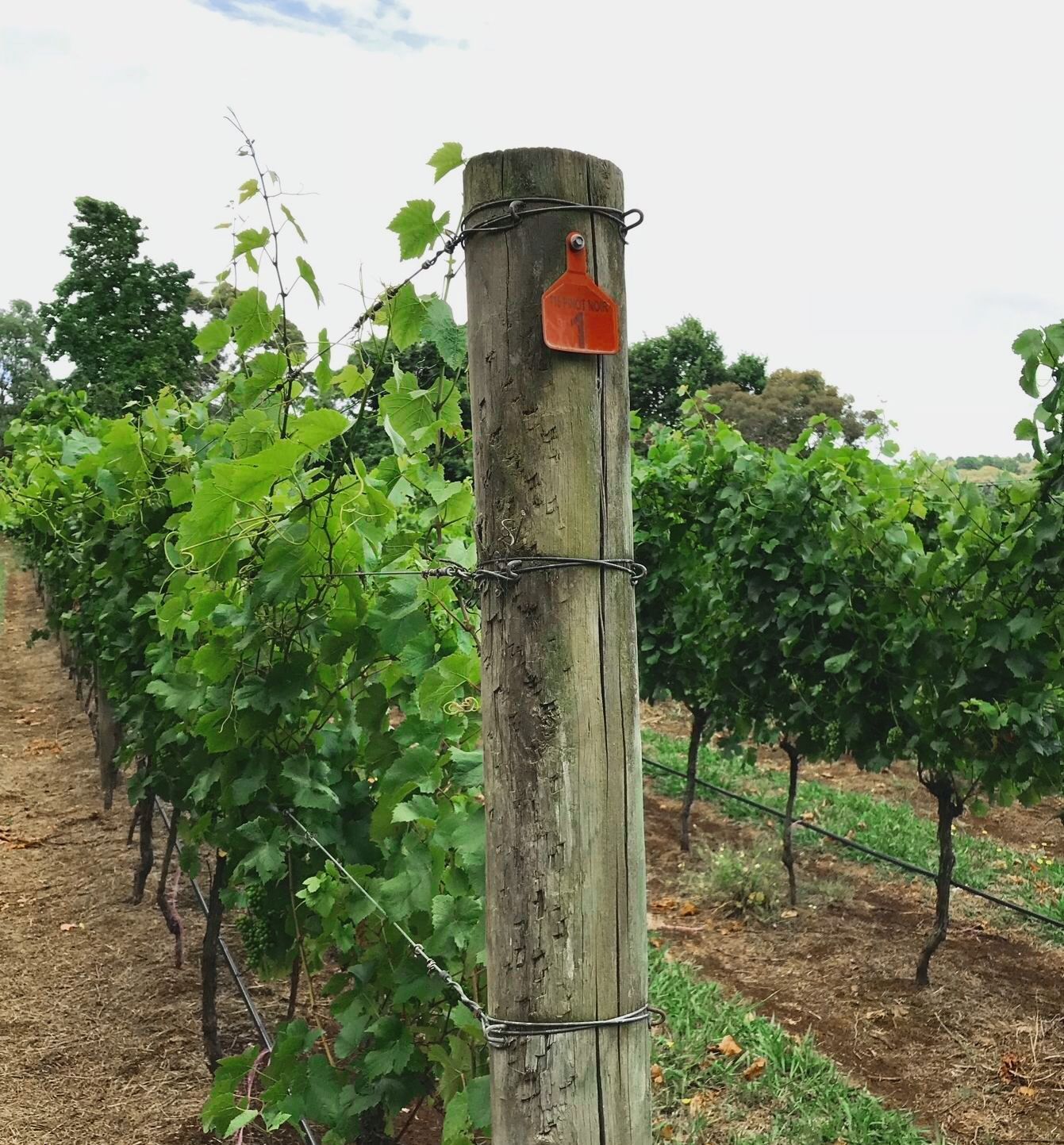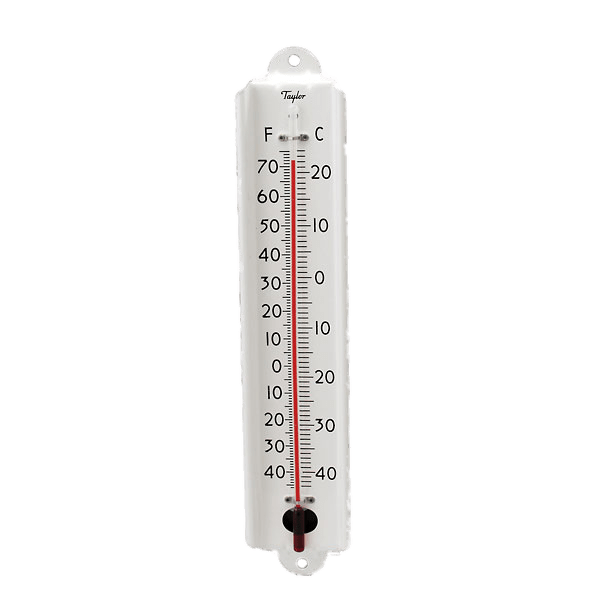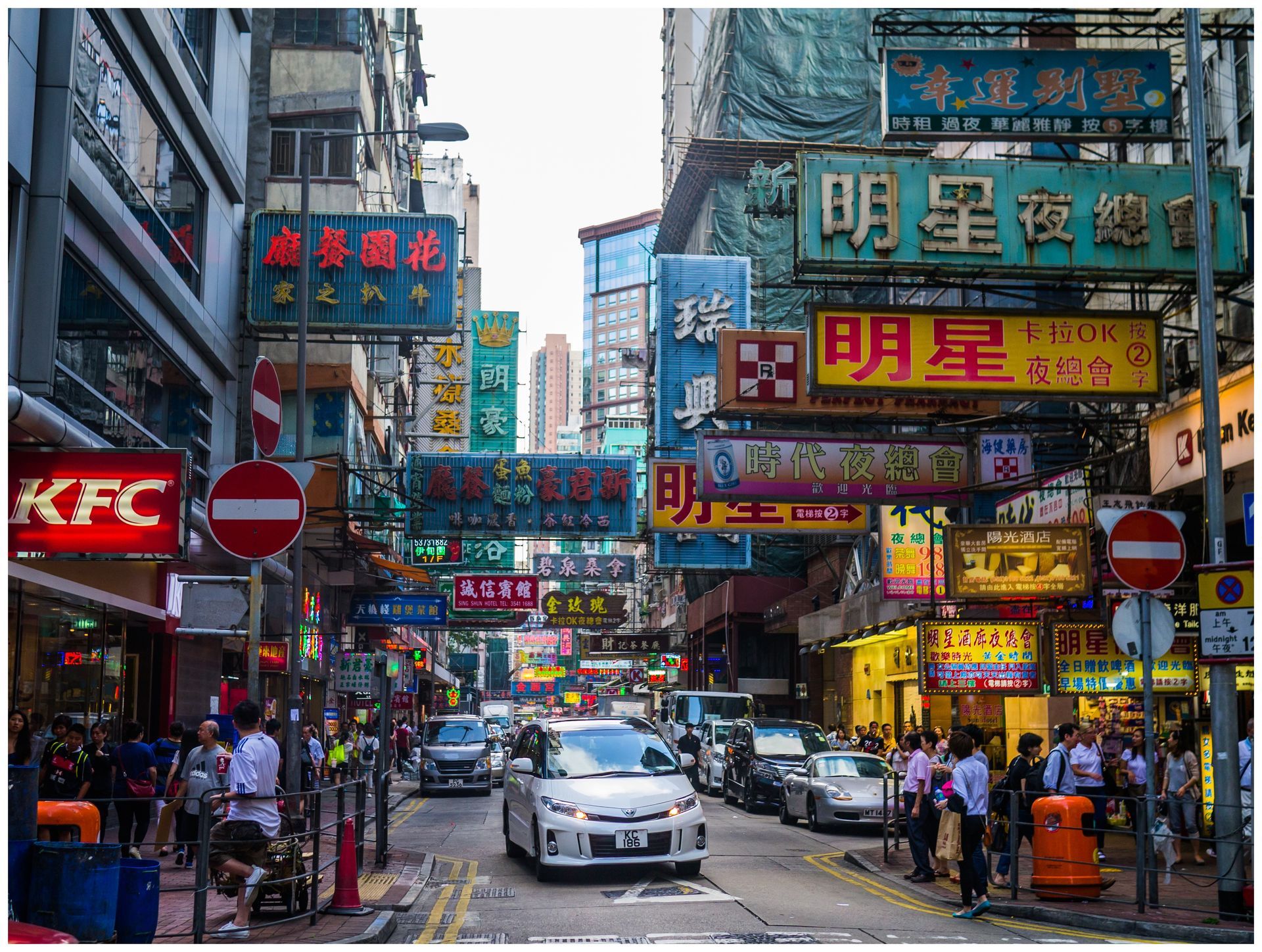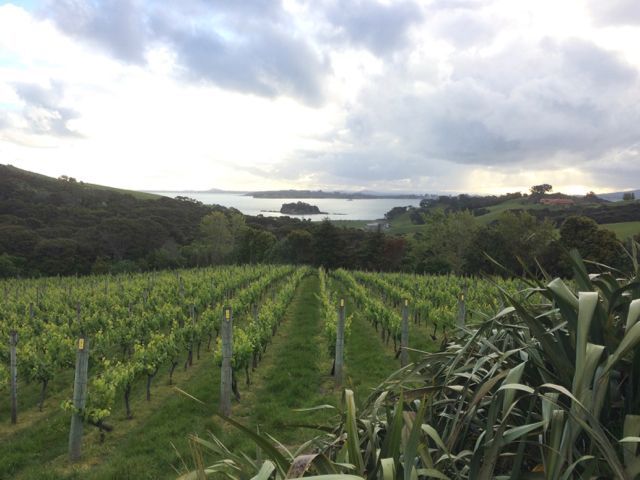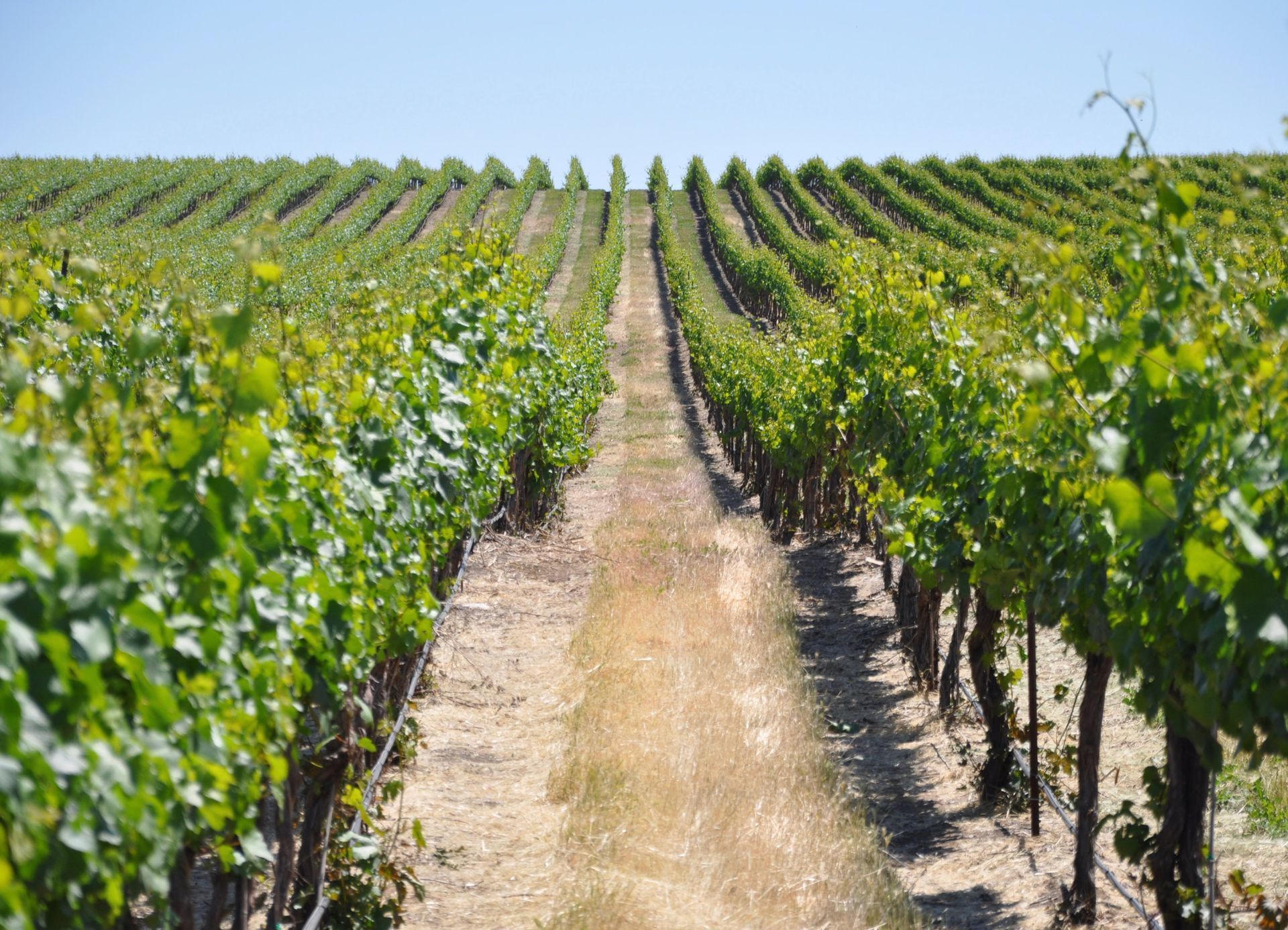July 2023 Update: It doesn't seem like we're going back to the prices previously cited in the article below. So all cost ranges have been updated based on current, post-pandemic realities.
I’m not going to bury the lead here. You can read on past this opening paragraph if you’d like, but here’s the gist. We believe that the best values in white wine are typically found in the $15 to $18 range. For reds, we think $18 to $24 is the sweet spot. Sparkling wine pricing is more complicated because there are multiple styles and some production methods are far more labor intensive than others. So without getting too particular, we’ll say $20 to $40 is the strategic buying gamut. Are there exceptions to these guidelines? Certainly. We’ve come across bottles of white for $12 that were charming and plenty enjoyable. Ditto for red wines under $16 or so. But those finds are rare and usually on sale. On the other hand, there are absolutely sublime bottles of wine out there for $60 or much (much) more, of course.
You may be wondering why red wines tend to cost more than whites. While there are notable exceptions, the production of white wines isn’t generally as financially intensive as it is for reds. The math starts in the vineyard. White wine grapes can be reliably cropped at higher volumes which means harvesting more grapes (and juice) per acre of land. (Red grape vines are often pruned so they produce less fruit to display more character.) While white grapes must be picked with care to preserve the delicate character of the wines, the process in the winery is shorter and simpler than it is for red wines, thus cutting down on labor and other costs. Finally, white wines are seldom aged in new oak barrels (which would overwhelm the nuances of most white varieties). This presents a significant savings over much red wine production.
A wine buyer at a large independent retail shop once told me that any wine over $40 includes an upcharge for something other than the grapes and winemaking. I can’t verify that precisely, but it sounds about right. Getting great grapes into a bottle of exceptional wine only costs so much. Building a fancy winery, marketing a luxury brand, and using bottles twice as hefty as necessary are just some of the extras that add up quickly. The history of a winery or region will also increase the price of a bottle (fortunately, there are plenty of great wines from lesser-known areas around the world–I don’t think I’ve ever paid more than $12 for a wine from Gascony in France and they’ve almost all been delicious, for example). In the end, a wine will cost whatever someone is willing to pay for it. And only you can decide what that threshold is for you.
Keep in mind that all these reference prices refer to what you’d pay at your local grocery store, wine retailer, or winery tasting room. When you go to a restaurant, you’re contributing to a complex organization typically operating on a thin profit margin. So bottles will run you 2 to 4 times as much there. (The price of a glass pour is probably about what the restaurant paid for the bottle.) While purchasing directly from a winery means more of the purchase is going straight to the process of winemaking and the future of that business, you may need to check your emotions as you make buying decisions in the tasting room. Especially if you’ve been sampling quite a bit of wine and your tasting partner is elevating your oxytocin levels.
This is great time for wine drinkers. Easy access to wine from all over the globe is a privilege and modern winemaking practices turn out very little truly bad wine. If you stick to the buying suggestions above, we think you’ll be rarely disappointed.
